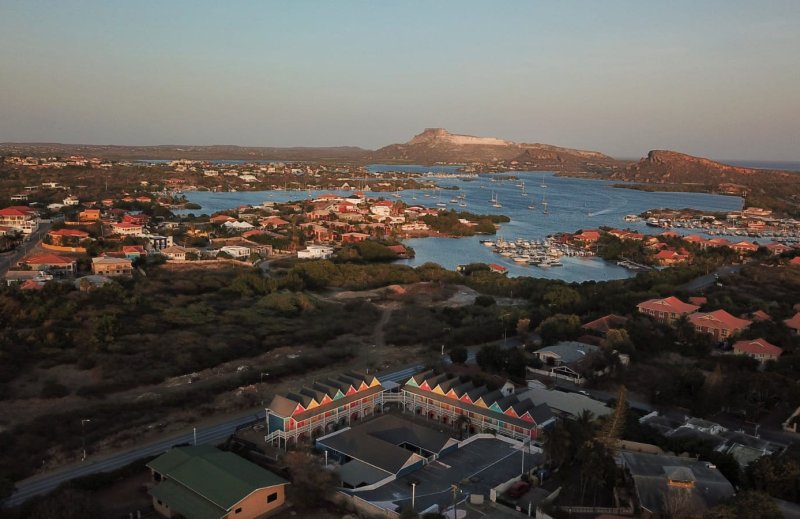
The island of Curaçao feels like a slice of Europe plunked down in the far southern reaches of the Caribbean. You’ll find colorful colonial architecture, creative restaurants and a vibrant arts scene, while on the streets you’ll hear a smattering of Dutch, along with Spanish, English, and the Creole tongue of Papiamento. Home to just over 150,000 people, the tiny tropical nation may be small in size, but it has an array of outstanding attractions, including a picturesque harbor capital and some stunning national parks — not to mention those alluring Caribbean beaches. Curaçao is also a great place for digital nomads.
Where to Stay
You’ll encounter appealing resorts all along the coast as well as as boutique hotels and bohemian-chic guesthouses in Willemstad.
Best Caribbean Hideaway: Baoase Luxury Resort
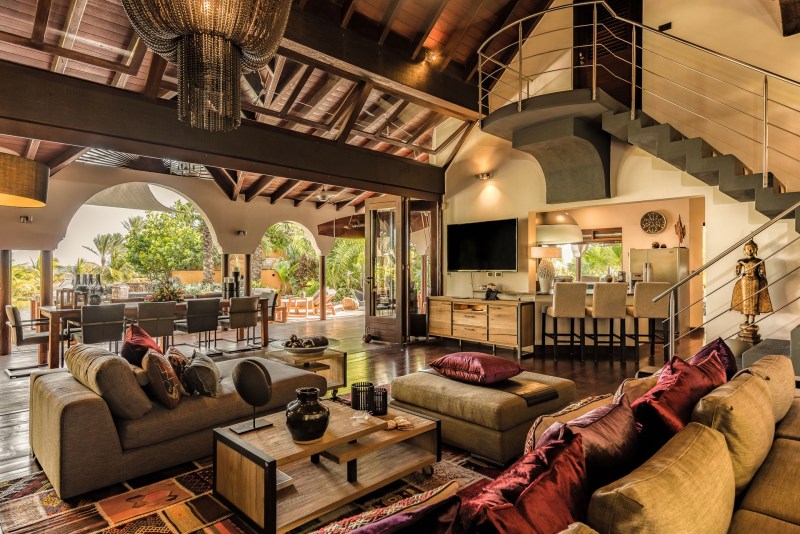
With a phrase like “luxury resort” in your title, Baoase sets high expectations when it comes to Caribbean decadence. Given the gorgeous grounds, private beach and a top-notch fusion restaurant, Baoase impresses even the most jaded of travelers. Whether you book a room, a suite, or a villa, you can expect ample space, a unique tropical-influenced design, and outstanding service. The resort’s lagoon is the perfect spot to unwind.
Best Boutique Hotel: BijBlauw
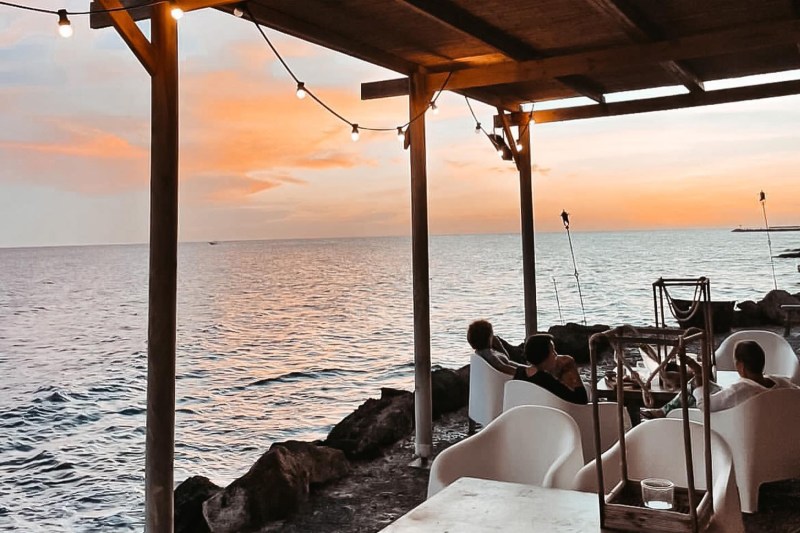
Perched over the seaside, the BijBlauw is a small, 11-room boutique hotel that hits all the right notes. Rooms range in size from “Cozy Small” to “Extraordinary Large,” and all are set with king-sized beds, stylish furnishings, and rain showers, while some boast private terraces with enviable Caribbean views. If you need more space, BijBlauw also rents out several fully equipped apartments. There’s a dip pool and an excellent open-sided restaurant with a partially open courtyard where you can enjoy mouthwatering seafood while watching the sunset.
Best Penny Pincher: Bed and Bike
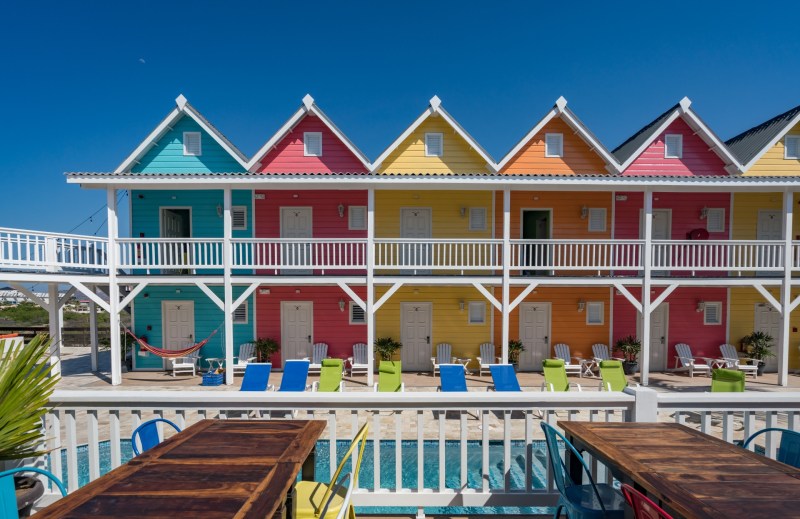
One of the finest hostels in the Caribbean, Bed and Bike is set in a former parliament building in the vibrant Pietermaai district in Willemstad. The sunny terrace is a fine spot to start off the day, and you can hop on a bike for a spin around town. In 2019, Bed and Bike opened a second location out near the beach, and the swimming pool, games room, and balcony rooms add to the appeal.
Where to eat
There’s plenty of variety in Curaçao’s dining scene. You’ll find good options in the neighborhood of Pietermaai in Willemstad, as well as resort restaurants, food shacks on the sands, and waterfront eateries on the tourist beaches.
Best Cafe: Number Ten
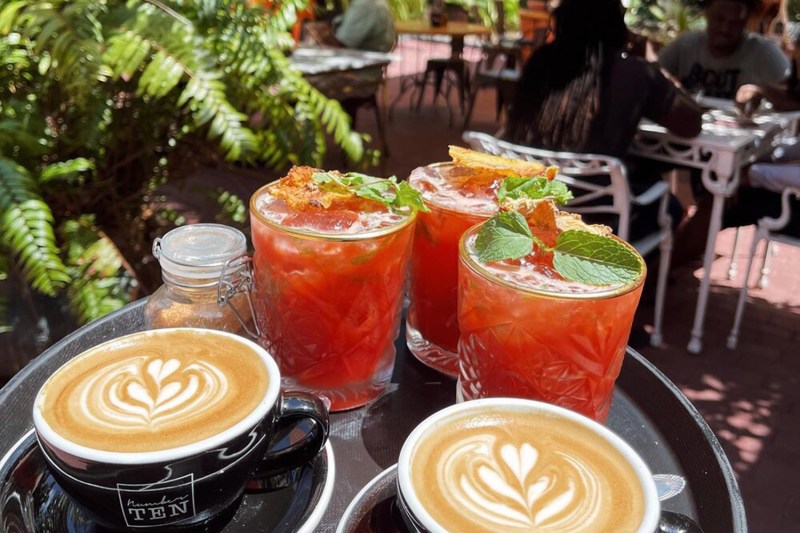
Set on the lush grounds of the Landhuis Bloemhof cultural center, this charming café makes a great setting to start off your day — or to pop in for a relaxing lunch. Baristas whip up some of the best coffees on the island, and can munch on açaí bowls, mushroom toast, or seared tuna salad while listening to birdsong at the outdoor tables.
Best Gastropub: Caña Bar & Kitchen
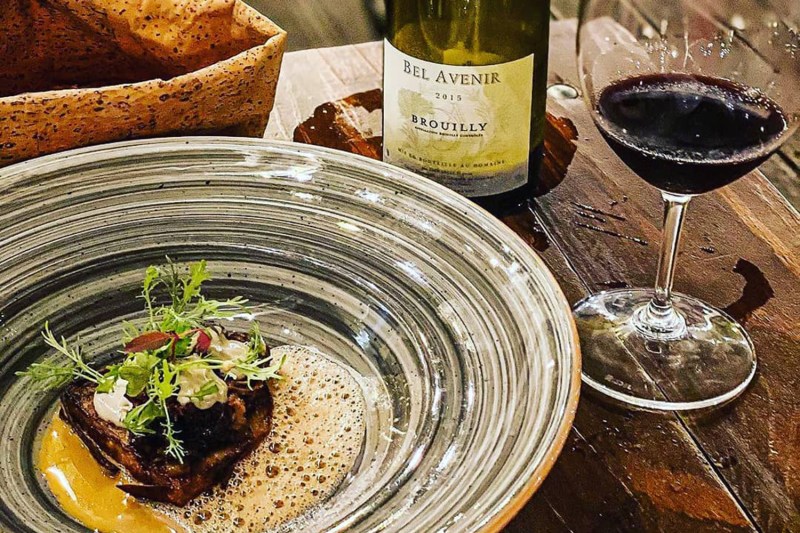
Whether you’re after a creative meal or some quality cocktails, the lively gastropub on Lombokstraat rarely disappoints. The menu blends Latin and Caribbean dishes with global accents in standouts like Moroccan fish stew tacos, tempura soft shell crab buns and baby back ribs with Sambal rum glaze. Tangy ceviches, good vegetarian options and imaginative cocktails help seal the deal.
Best Tapas: Fish & Joy
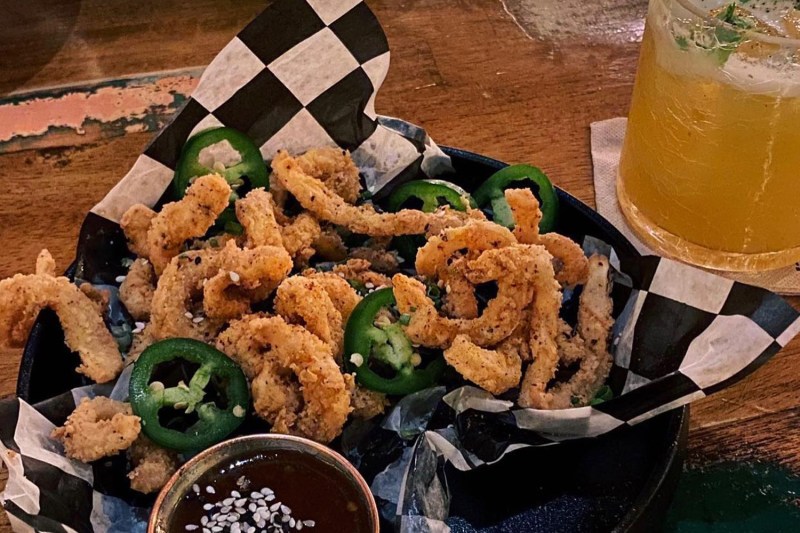
Though the name sounds like the title of a satirical play about mermaids, this atmospherically lit bistro turns out some of the best seafood on the island. The small plates menu roams around the globe, with flavors from Iberia (octopus with romesco sauce and fennel salad), Japan (savory beignets stuffed with crab) and Latin America (grilled red snapper with pico de gallo sauce). The wine selection is top-notch (get a bottle, as choices by the glass are more limited), and you can dine outside in the candlelit courtyard.
What to do
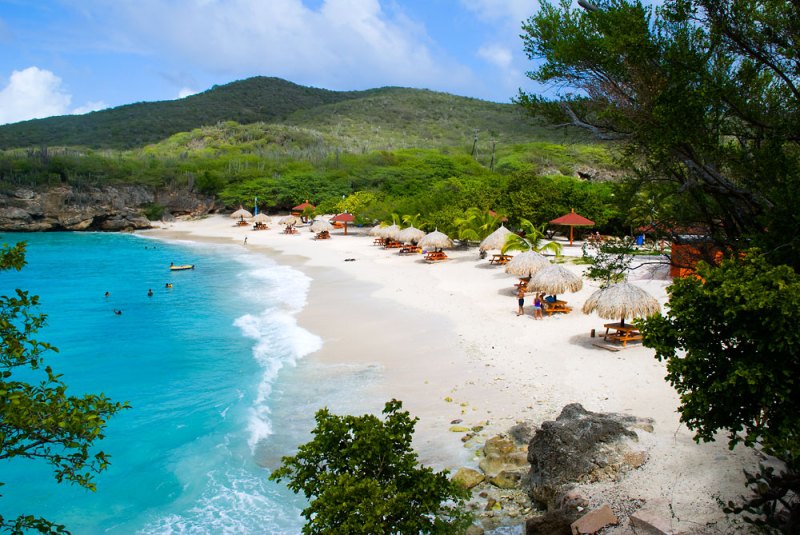
The Dutch Caribbean Island boasts over 35 beaches, and if you have a few days, you can bask on the best of them. At the top of the list Grote Knip, a picture-perfect stretch of snow white sand and turquoise blue water backed by a forested hillside.
Colonial Lore
When you need a break from the sun and sea, spend some time exploring Willemstad’s Unesco-listed historic center. Apart from snapping photos of the cheerfully painted colonial facades, you can walk the pedestrianized brick lanes, browsing shops, cafes, and galleries. It’s also worth a trip to Alma Blou, one of the oldest and largest galleries in Willemstad. It’s set in a former plantation house Landuis Habaai on the outskirts of town.
Nature Beckons
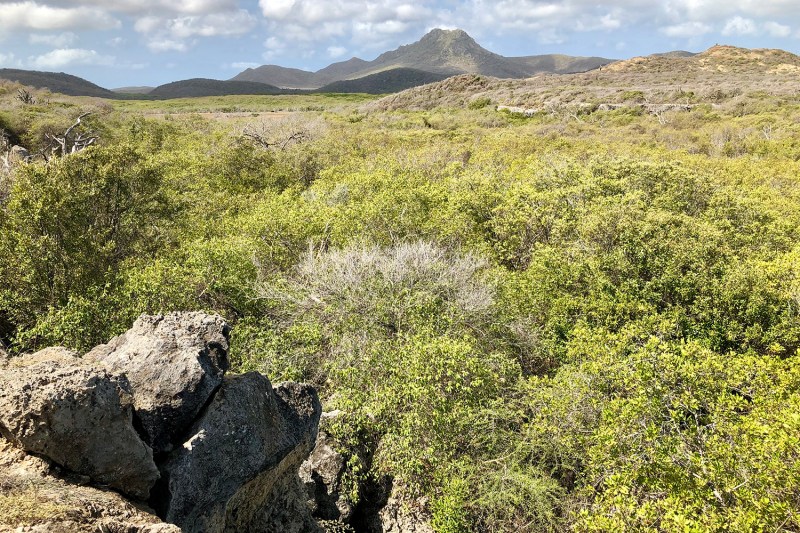
The forested hillsides of Curaçao is a great place to get active. You can look for birds and other wildlife while hiking one of eight trails in Christoffel National Park. You’re unlikely to suffer altitude sickness climbing Christoffel Mountain, but at 1,240 feet, Curaçao’s highest point offers a sublime view across the island’s verdant expanse. Afterwards, veer north to Shete Boka National Park and follow trails that hug the coastline. You’ll pass picturesque coves and walkways overlooking limestone cliffs pounded by the roaring surf.
Editors' Recommendations
- Travel tips and tricks: Dumb mistakes I make every time (but you can avoid)
- Our favorite Lake Tahoe ski resorts, ranked
- American Airlines, United Airlines, and more: Study says these are the most unreliable airlines for holiday travel
- Travel photography: What to know to take photos everyone will be jealous of
- Plan a Colorado road trip: The ultimate routes for Ikon pass, Epic ski pass holders



